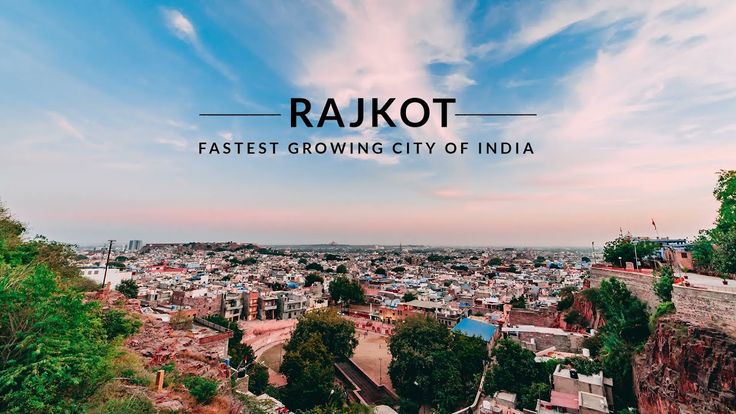From Missed Calls to Mobile Commerce: A Two-Decade Journey

Two decades ago, most Indian small businesses ran on paper ledgers, landline phones and neighbourhood trust. Today, even in the country’s remotest corners, SMEs are tapping into e-commerce, using WhatsApp to serve customers, adopting cloud tools to manage inventory and accessing government services online.
The transformation didn’t happen overnight – it’s the result of a quiet but powerful revolution in telecommunication and digital infrastructure, spurred by technology innovation, regulatory liberalization and ambitious government policies.
Last week, on the occasion of World Telecommunication and Information Society Day (May 17), the team at SME Communities thought it worth reflecting on how connectivity and information access have redrawn the contours of Indian enterprise, particularly for the small and emerging players often overlooked in the startup and corporate narratives.
Connected Dreams
The 2000s saw mobile phones become household items, thanks to telecom deregulation, rising competition and falling costs. For many SMEs, a basic mobile phone was their first business tool, enabling:
- Quick customer response
- Remote coordination with suppliers
- Timely price negotiation and payment follow-up
In parallel, SMS marketing became the earliest form of “digital outreach,” helping small retailers, tutors and service providers connect with local audiences.
By the 2010s, smartphones and 3G/4G brought a data revolution. Apps like WhatsApp, Facebook and YouTube became unofficial “CRMs” for many micro-businesses. A kirana store in Ranchi, a homestay in Coorg or a boutique in Ludhiana could now reach customers well beyond their neighbourhoods.
Fast forward to the 2020s, and India has over 850 million internet users – with Tier 2 and 3 cities driving new growth. The lines between telecom, tech and entrepreneurship have blurred completely.
Enabling Global Aspirations for Local Entrepreneurs
Telecom and tech infrastructure have done more than just streamline operations – they’ve helped Indian SMEs dream bigger. Examples abound:
- A spice exporter from Kerala uses cloud-based ERP and Google Meet to coordinate with buyers across Europe.
- A rural agri-tech startup sends crop advisories via SMS and voice messages to farmers in regional languages.
- Handloom artisans in Odisha now showcase their work globally through Instagram, with WhatsApp handling the entire sales process.
Digital connectivity has enabled access to global markets, modern financing tools and real-time insights, things that were once the privilege of big companies.
As a result, today’s SMEs are not just aiming to survive; they are aspiring to scale, export and innovate.
Democratization of Information: From Gatekeeping to Empowerment
Access to information is often what separates a micro entrepreneur from a growth-focused enterprise. Over the years, digital platforms have dismantled this divide:
- Government portals like MSME Samadhan, Udyam Registration and GeM have gone digital, making formalization easier.
- YouTube tutorials teach small manufacturers how to digitize workflows, advertise online or manage GST filings.
- Online lending marketplaces use mobile data and payment history to underwrite loans for first-time SME borrowers.
Information, once trapped in files and middlemen, is now in the hands of entrepreneurs themselves. For India’s new-age businesses, telecom is not just a utility, but an economic equalizer.
Government Interventions: The Digital Bharat Push
The Indian government’s proactive role in building digital public infrastructure has been pivotal. Some notable milestones include:
- Digital India Mission (2015): Aimed at transforming India into a digitally empowered society and knowledge economy. It enabled Wi-Fi hotspots, CSCs and broadband connectivity in rural India.
- BharatNet: One of the world’s largest rural broadband projects, targeting over 250,000 gram panchayats.
- Unified Payments Interface (UPI): Revolutionized financial inclusion, enabling even the smallest vendors to accept payments digitally.
- ONDC (Open Network for Digital Commerce): A game-changing initiative to democratize e-commerce for small businesses by breaking platform monopolies.
These efforts ensure that telecom infrastructure is not just urban-centric but reaches the last mile – an essential factor for SMEs spread across India’s rural and semi-urban belts.
The Road Ahead: Telecom as a Growth Catalyst
Looking forward, the future of Indian SMEs will be shaped by how they leverage next-gen telecom innovations:
- 5G will accelerate adoption of IoT-based inventory tracking, remote quality checks and AR/VR experiences for product demos.
- AI and data analytics, powered by telecom infrastructure, will help SMEs personalize customer experiences, manage supply chains and even predict demand cycles.
- Satellite internet initiatives like Jio’s partnership with SES or Elon Musk’s Starlink could bring seamless internet to the country’s remotest areas -unlocking an entirely new wave of entrepreneurs.
But alongside this optimism, there’s a need for focused handholding. Many small businesses are still digitally hesitant or digitally excluded due to lack of skills, trust or affordability. Bridging this gap is the next frontier.











